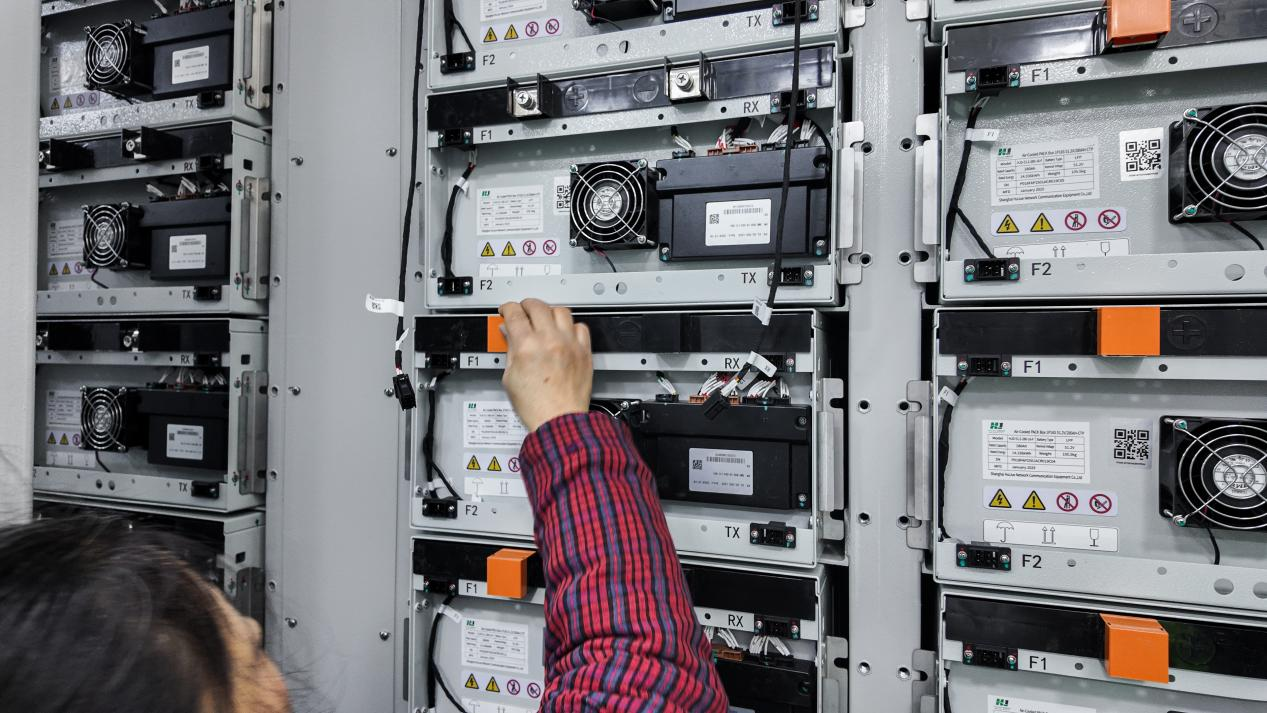In recent years, with the global shift towards renewable energy accelerating, energy storage technology has become a critical enabler. Among various storage solutions, sodium-ion batteries (Na-ion) are gaining attention in the commercial and industrial (C&I) sector due to their high safety and abundant raw materials.
But what exactly makes sodium-ion batteries stand out? Can they carve out a meaningful position in the competitive energy storage market? Let’s explore why sodium-ion technology is becoming an attractive option for C&I storage, from the perspectives of safety, resource availability, and cost-effectiveness.
1. High Safety: A Better Fit for Commercial and Industrial Environments
For C&I energy storage systems, safety is paramount. Sites like factories, shopping malls, and data centers face huge risks in the event of a fire or explosion. Sodium-ion batteries offer significant advantages in this area:
(1) Excellent Thermal Stability
Compared to lithium-ion batteries, sodium-ion chemistry is inherently more stable. It resists thermal runaway even under high temperatures.
Lab tests show that Na-ion cells have a much lower risk of fire or explosion during stress conditions like puncturing, overcharging, or short-circuiting—especially compared to lithium NMC cells.
(2) No Lithium Dendrite Risk
Lithium-ion batteries are prone to forming dendrites during fast charging or in cold environments, which can puncture separators and cause internal short circuits.
Sodium-ion batteries, with their better ion transport behavior, perform more reliably even at low temperatures, making them ideal for outdoor storage and cold-climate applications.
Real-world example:
In 2023, an industrial park in China deployed a sodium-ion energy storage system. After a full year of operation, it recorded zero safety incidents, while nearby lithium systems experienced occasional thermal issues.
2. Resource Independence: Reducing Supply Chain Risks
Lithium-ion batteries rely on raw materials like lithium, cobalt, and nickel—resources that are not only limited but also geopolitically concentrated (mainly in Australia, Chile, and China). This creates supply chain vulnerabilities.
Sodium-ion batteries, by contrast, offer clear resource advantages:
(1) Abundant & Affordable Sodium
Sodium is the sixth most abundant element in Earth’s crust—its reserves are over 1,000 times greater than lithium. It can be extracted from seawater, salt lakes, and common minerals.
Na-ion battery cathodes (like Prussian blue and layered oxides) and anodes (like hard carbon) do not rely on rare or expensive metals, enabling 30–50% lower long-term costs.
(2) Reduced Dependence on Imports
China, for example, imports over 70% of its lithium resources, but sodium is entirely domestically available, aligning well with national energy security strategies.
Quick comparison:
3. Cost-Effective: A Powerful Tool for Reducing C&I Energy Costs
For C&I users, energy storage is ultimately about saving money. Sodium-ion batteries provide strong economic advantages in these scenarios:
(1) Time-of-Use Arbitrage
In many cities, there’s a big gap between peak and off-peak electricity prices. In Shanghai, for example, the difference can reach ¥0.8/kWh.
Na-ion batteries can charge during off-peak hours and discharge during peak times, significantly reducing energy bills. With a cycle life of 3,000–6,000 cycles, they can support 10+ years of operation.
(2) Pairing with Rooftop Solar
Factories that install rooftop solar panels can pair them with sodium-ion batteries to store excess daytime energy for night use, increasing self-consumption and reducing reliance on the grid.
Na-ion batteries operate reliably in a wide temperature range (-20°C to 60°C), giving them an edge in outdoor and solar+storage applications.
Case study:
A manufacturing enterprise in Jiangsu installed a PV + sodium-ion storage system, saving over 1 million RMB per year on electricity costs. The payback period was reduced to just 5 years.
4. Challenges and Outlook
Despite these advantages, sodium-ion batteries still face several challenges:
Lower energy density: At 120–160 Wh/kg, sodium-ion batteries currently trail lithium iron phosphate (LFP) batteries (150–200 Wh/kg), limiting their use in space-constrained applications.
Immature supply chain: Key materials like hard carbon anodes and sodium-based electrolytes still require further scale-up and cost reduction.
However, the industry expects a turning point between 2025 and 2030:
Companies like CATL and HiNa Battery are already building GWh-scale production lines.
China’s “14th Five-Year Plan” for new energy storage explicitly supports sodium-ion R&D and commercialization.
Conclusion: Sodium-Ion Batteries Will Be a Key Supplement for C&I Storage
To sum up, sodium-ion batteries are emerging as a strong candidate for commercial and industrial energy storage thanks to their safety, resource independence, and economic value.
While challenges remain in terms of energy density and industrial maturity, ongoing tech breakthroughs and large-scale manufacturing are pushing sodium-ion closer to mass adoption.
In the future, we may see a market split:
High-end storage uses lithium, while cost-sensitive and grid-side applications shift to sodium. Sodium-ion’s rise could pave the way for a safer, more sustainable energy transition worldwide.

